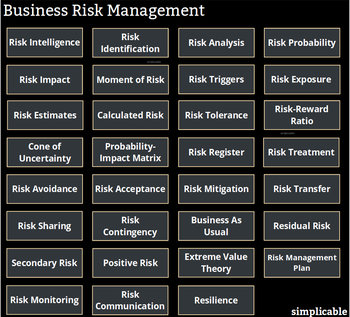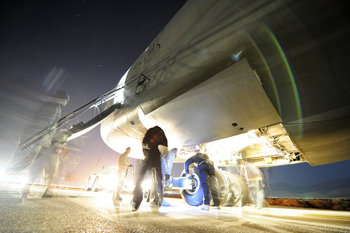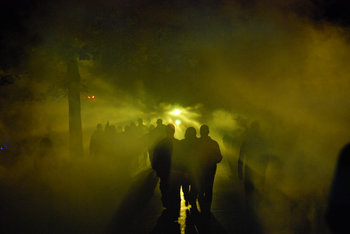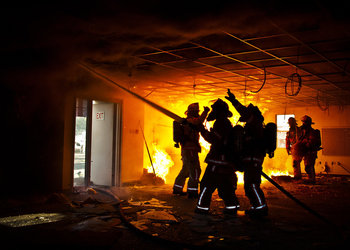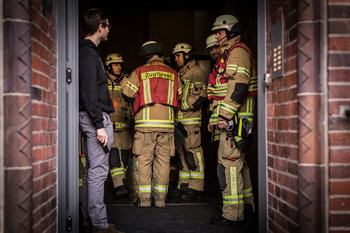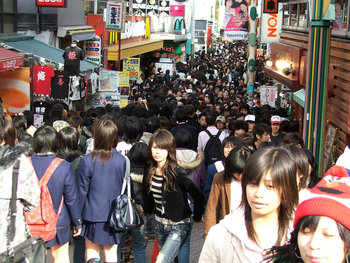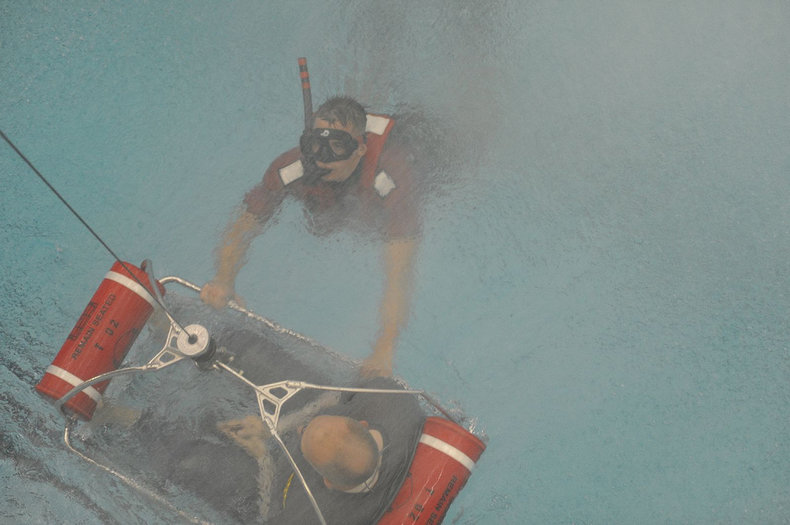
Prevention
Preventing disasters before they occur. For example, a city that is engineered from the ground up to withstand strong earthquakes.Laws & Regulations
Laws and regulations such as an earthquake resilient building code or laws that govern behavior in a disaster such as the prohibition of price gouging.Risk Management
Identifying, assessing and managing disaster related risks. For example, if you are building a school you might do an assessment of earthquake, tsunami, storm, flood and fire risk to find ways to avoid and reduce these risks.Resilience
Designing systems and structures to be resilient to stresses such as a neighborhood that grows some of its own food.Infrastructure
Infrastructure that prevents or mitigates a disaster. For example, water infrastructure that can prevent floods or a tsunami shelter can save lives in a tsunami.Systems
Systems such as a tsunami early warning system that warns people of an incoming tsunami and asks that they proceed to predefined shelters and escape routes.Planning
Creating a plan for what you will do in the case of a disaster. For example, an organization may plan how to communicate, regroup, make sure people are safe and continue operations. Planning also occurs at the level of a nation, city, neighborhood and family.Training
Training for basic survival skills and how to help others. Organizations and governments may also train employees to restore services such as procedures for moving to a cold site. Training may include simulations and drills that allow people to practice.Supplies & Equipment
Stocks of things that will be needed in the first days of an emergency such as water, food, first-aid supplies, safety equipment, illumination, shelter, insulation, navigation and communication tools. It should be assumed that technologies such as mobile phone services may not be available in a disaster. As such, more basic technologies such as a battery operated radio should be stocked. Supplies may be specific to each potential disaster such as a personal flotation device for a flood or a protective helmet for an earthquake.| Overview: Disaster Preparedness | ||
Type | ||
Definition | Precautionary measures designed to reduce the losses caused by potential disasters. | |
Related Concepts | ||



